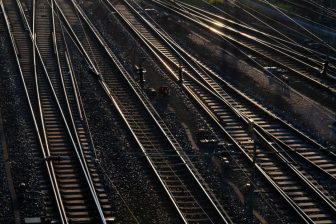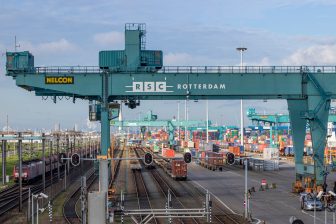
Rail freight industry Belgium presents Rail Roadmap 2030
Presentation of the Rail Roadmap 2030
More than twenty organisations in Belgium, including the Flemish ports, Infrabel and VBO, have presented the Rail Roadmap 2030. In this document they indicate which steps must be taken to enable a doubling of rail transport in the next ten years. Longer trains, digitisation and electrification of the track in the port of Antwerp are part of the plan.
Do you want to read the full article?
Thank you for visiting RailFreight.com. Become a member of RailFreight Premium and get full access to all our premium content.
Are you already a member?
Having problems logging in? Call +31(0)10 280 1000 or send an email to customerdesk@promedia.nl.




